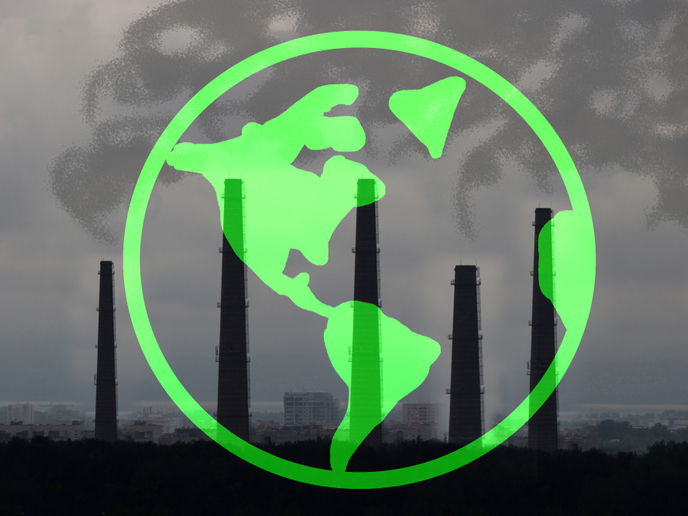No peak in sight as CO2 emissions rise for two consecutive years
The 2015 Paris Agreement sent a clear message to the world: to combat climate change, countries had to peak their greenhouse gas emissions as soon as possible. The next step after peaking would be to reduce emissions so that the greenhouse gases produced by humans would be balanced out by the levels naturally absorbed by trees, soil and oceans. At the time when the Paris accord came into force in 2016, emission growth trends had seemed more promising. Since fossil fuel emissions had only grown by 0.7 % in 2014 and then held steady over the next 2 years, there was hope that emissions had finally peaked. However, a recent study supported by the EU-funded project VERIFY reveals this wasn’t the case. In fact, the authors of the study have reported a rise in fossil CO2 emissions in the two ensuing years – a 1.6 % growth in 2017 and a projected 2.7 % rise in 2018. Titled the Global Carbon Budget 2018, the study has been published in the journal ‘Earth System Science Data’. According to this study, 87 % of total emissions between 2008 and 2017 came from fossil fuel sources and another 13 % from land-use change. Between the years 2016 and 2017, global fossil CO2 emissions were estimated to have risen by 1.6 % to 9.9 gigatonnes of carbon. The emissions were distributed among coal (40 %), oil (35 %), gas (20 %), cement (4 %) and gas flaring (0.7 %). Who pollutes the most? The world’s biggest contributors to climate change are China, the EU, India and the United States. Together, these 4 regions are responsible for 59 % of global CO2 emissions. But at 27 %, China was by far the worst polluter in 2017. And 2018 projections for the country aren’t encouraging, as it’s forecasted to increase emissions by 4.7 % from the previous year. This is mainly due to the increased demand for Chinese iron, steel, aluminium and cement resulting from global economic growth. However, even though this is reminiscent of past patterns in which economic growth was accompanied by a rise in emissions, this doesn’t mean there’s no other way forward. The years 2014-2016, in which emission levels had stopped rising, were also marked by growth in the global gross domestic product. This was largely due to reduced coal use in the world’s two largest polluters, China and the United States, and to the worldwide spread of renewable energy. “We can have economic growth with fewer emissions,” lead author Corinne Le Quéré of project partner University of East Anglia stated in an article posted on the ‘Futurity’ website. “There’s no question about that.” While India’s 2017 contribution to global CO2 emissions was much lower (7 %), its 2018 figures are projected to increase by 6.3 %. The United States and the EU contributed 15 % and 10 % to total CO2 emissions, respectively. But while the former is expected to see a 2.5 % rise in 2018, the EU is the only one of the 4 regions projected to reduce emissions by 0.7 %. VERIFY (Observation-based system for monitoring and verification of greenhouse gases) is developing a system to accurately assess greenhouse gas emissions reported by countries. Emission estimates are based on land, ocean and atmospheric observations. For more information, please see: VERIFY project website
Countries
France



